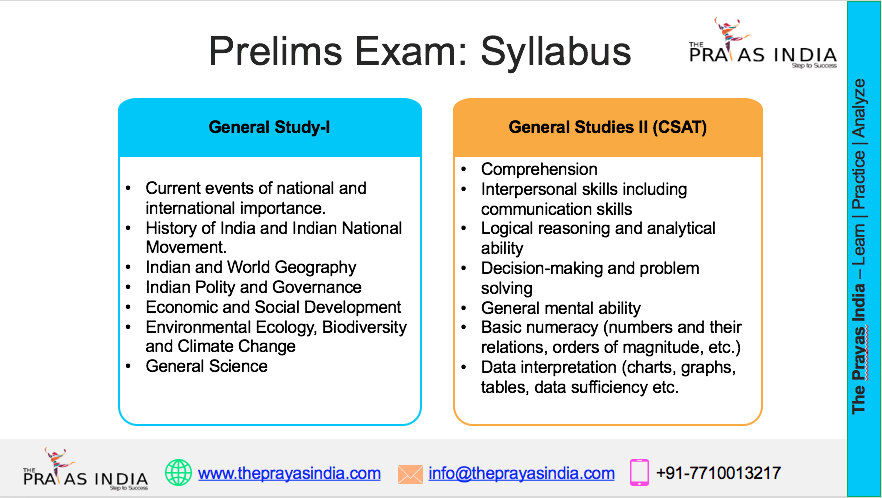India’s Indigenous Tejas Mark 1A Jets: A Landmark Defence Procurement
India’s defence capabilities have received a significant boost with the large-scale procurement of the indigenously developed Tejas Mark 1A fighter jets. This procurement marks a milestone in India’s quest to achieve self-reliance in defence production and modernize its air force with advanced, homegrown technology.
Background and Development
The Tejas aircraft is a Light Combat Aircraft (LCA) developed by the Aeronautical Development Agency (ADA) in collaboration with Hindustan Aeronautics Limited (HAL). Designed as a multi-role supersonic fighter, Tejas aims to replace the aging MiG-21 fleet of the Indian Air Force (IAF) and enhance India’s tactical air power.
The Mark 1A variant features substantial upgrades over its predecessor, including advanced avionics, improved radar systems (like the Active Electronically Scanned Array or AESA radar), enhanced electronic warfare suites, and superior weapon integration capabilities. With over 40 enhancements compared to the original Mark 1, the Mark 1A is optimized for better operational readiness and survivability.
Significance of the Procurement
- Strategic Autonomy: Buying indigenous jets reduces dependency on foreign suppliers, enhancing India’s strategic autonomy in defence.
- Technology and Innovation: The Tejas program showcases India’s growing prowess in aerospace engineering, systems integration, and advanced weapons technology.
- Economic Impact: Domestic defence manufacturing spurs job creation, technology transfer, and ecosystem development, contributing to the ‘Make in India’ initiative.
- Operational Readiness: The addition of more than 70 Tejas Mark 1A jets will substantially upgrade the IAF’s frontline combat aircraft availability and versatility.
Features and Capabilities
- Aerodynamics: Advanced materials and aerodynamic design provide excellent maneuverability and fuel efficiency.
- Avionics: Latest sensors and mission computers support multiple weapons simultaneously, improving mission effectiveness.
- Weapons: Capable of deploying a wide variety of air-to-air and air-to-ground weapons, including laser-guided bombs, air-to-air missiles, and precision-guided munitions.
- Safety: Modern safety systems and a digitally controlled flight system improve pilot survivability in combat scenarios.
Challenges and Future Roadmap
The Tejas program faced delays and cost overruns due to the complexity of developing a fully indigenous fighter from scratch and integrating advanced systems. However, continuous efforts in testing, certification, and phased production have overcome many hurdles.
Future plans include developing the Tejas Mark 2 variant, a medium-weight fighter with enhanced range and payload, aligning with India’s long-term air combat needs. The current procurement of Mark 1A jets serves as a foundation for a robust indigenous fighter ecosystem supporting future programs.




![Prayas-तेजस [UPSC CSE Sociology Optional] – Online & Offline](https://theprayasindia.com/wp-content/uploads/2025/09/Prayas-तेजस-UPSC-CSE-Optional-Subject-The-Prayas-India-300x300.png)
![Prayas-सूत्र [UPSC CSE Materials (Hardcopy)]](https://theprayasindia.com/wp-content/uploads/2025/09/Prayas-सूत्र-UPSC-CSE-Study-Materials-Hardcopy-The-Prayas-India-300x300.png)
![Prayas-मंत्रा [UPSC CSE CSAT]](https://theprayasindia.com/wp-content/uploads/2025/09/Prayas-मंत्रा-UPSC-CSE-CSAT-The-Prayas-India-300x300.png)
![Prayas सारथी [UPSC CSE One on One Mentorship]](https://theprayasindia.com/wp-content/uploads/2025/09/Prayas-सारथी-UPSC-CSE-One-on-One-Mentorship-The-Prayas-India-300x300.png)










